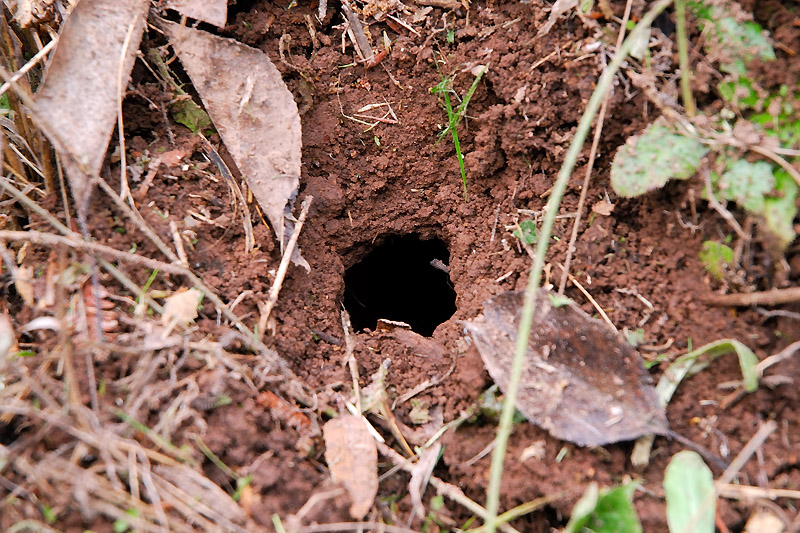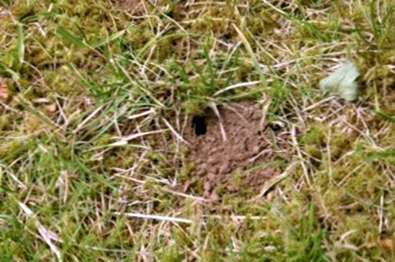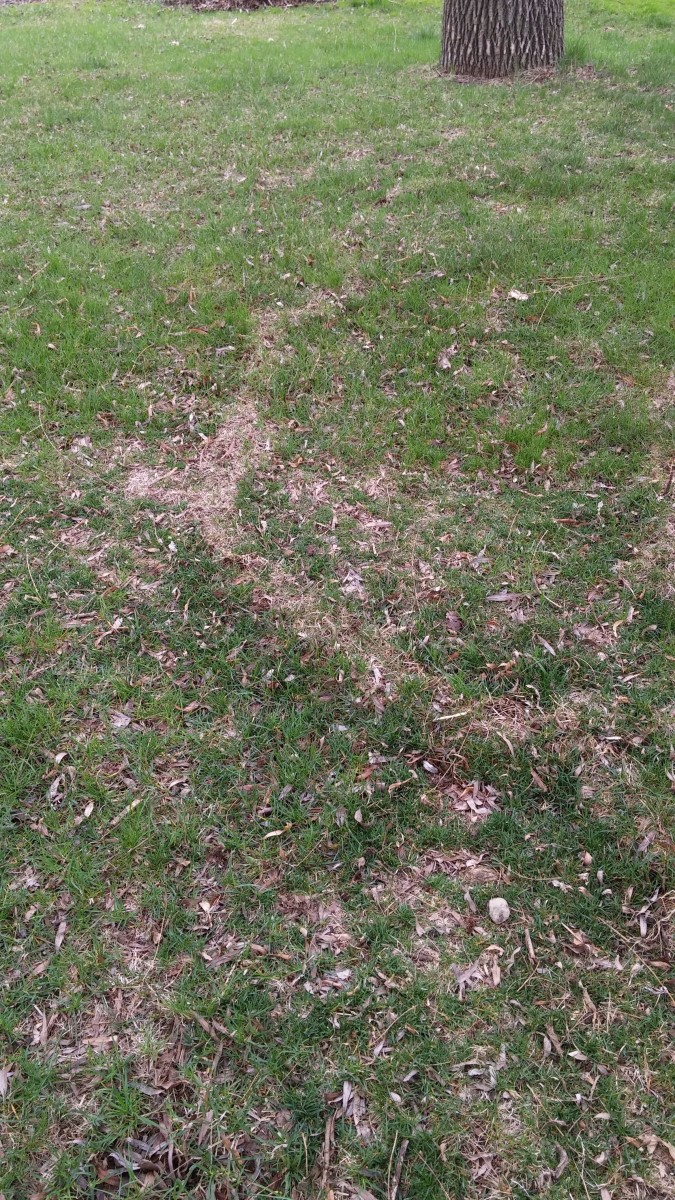Today’s topic is What Do Vole Holes Look Like In Your Yard. Obviously, you can find a great deal of Vole Holes In Yard-related content online. The proliferation of online platforms has streamlined our access to information.
There is a connection between the What Does A Mole Hole Look Like and what does a vole hole look like in your yard information. more searching has to be done for Mole Holes In Yard, which will also be related to Mole Vs Vole Tunnels.

19 Unexpected Facts About What Do Vole Holes Look Like In Your Yard | What Does Vole Damage To Lawn Look Like
- Additionally, voles dislike crossing sharp gravel. When planting perennials or bulbs, add a gritty substance, like perlite or sharp gravel, in the bottom and up the sides of the hole at planting time to protect the roots and bulbs. Plant garlic in the bulb and perennial beds to help repel voles, as they dislike the scent. - Source: Internet
- While voles typically feast on roots, they may gnaw on a tree’s or shrub’s bark just above the soil line. It can kill the plant if they damage the bark around the trunk or main stems (called girdling). You can also protect young trees by wrapping the lower trunk with wire mesh. - Source: Internet
- You can use mouse snap traps to kill voles. Place the trap perpendicular to a vole runway, aligning the trap’s trigger with the path the vole must take in using the runway. Peanut butter is an excellent bait for trapping voles. The best time to trap is either autumn or late winter. - Source: Internet
- Castor oil is another natural method to remove voles. Castor beans are toxic to animals. Voles dislike the smell and taste of castor oil and will be repelled by it. Mix it with water and spray it around the plants you want to protect from vole damage. - Source: Internet
- While vole presence is indicated by aboveground runways, the travel paths of moles are underground, and there are two types. One type runs just beneath the surface. These are feeding tunnels and appear as raised ridges running across your lawn. The second type of mole runway runs deeper and is used to unite the feeding tunnels into a network. - Source: Internet
- Thiram should not be used on garden plants. Predator urines are often preferred as vole repellents as they are the most displeasing to voles. Fox and coyote urines can usually be purchased online or at farm and garden centers. - Source: Internet
- Thiram-based vole repellents, such as Shotgun Deer, Bobcat urine, and Rabbit Repellent, may be effective against these pests. Still, repellants will need to be reapplied frequently because they dissipate with rain. After several applications, the voles become accustomed to the smell, reducing the effectiveness of the repellent. - Source: Internet
- Most people have heard of moles but may be unfamiliar with voles. Relatives of hamsters and lemmings, voles are small, mouse-like rodents (also called meadow mice) that live in the wild and can damage trees, lawns, and gardens. Voles eat grasses, herbaceous plants, bulbs, tubers, bark, roots of trees, and seeds. The fastest way to get rid of voles permanently is to remove their food sources and use traps or repellents. - Source: Internet
- You will likely see the damage when local populations peak, which can occur cyclically every three to five years. A single female vole can produce 15 to 50 young per year. These rodents typically live about 12 months. Voles nest in grassy clumps above ground or tunnels extending several inches below ground. - Source: Internet
- Voles are attracted to yards with a lot of plant debris, easily providing them with food and a hangout spot. Vole infestations are most likely to occur in messier yards. But voles hate the smell of castor oil and capsaicin, the chemical in spicy peppers. A spray made of either will repel these pests. To kill voles fast, use methods similar to mice: a snap trap can kill voles instantly in most cases. - Source: Internet
- The key to success in trapping is determining where on your landscape the voles are most likely to use as a thoroughfare; that’s where you want to locate the trap. The widest vole runways are indicative of heavy traffic. Another good indicator is a runway heavily soiled with vole urine and feces. - Source: Internet
- Voles construct well-defined, 2-inch wide crisscrossing tunnels or “runways” at or near the ground’s surface. The runways result from the voles eating vegetation, like the roots of grass and perennials, and the constant traffic of numerous little feet beating the same path. And if any lawn and garden pest can literally “beat a path” through the grass due to their sheer numbers, it’s the vole. - Source: Internet
- To get rid of voles naturally, mix chopped hot peppers with water and earth-friendly dish soap. Put this mixture in a spray bottle and spray the spots where you suspect the voles are. This spray will keep voles away from your plants and will not harm your plants or the environment. - Source: Internet
- Voles can burrow into the root systems of landscaping shrubs and trees, causing young specimens to lean or to experience dieback. These rodent pests will also gnaw on a tree’s trunk and at the base of a shrub. In addition, voles damage the roots of perennials such as hosta plants, spring bulbs, and the root crops in the garden, such as potatoes. Mainly, however, voles eat the stems and blades of grass. And the runways they leave behind in the process make for an unsightly lawn. - Source: Internet
- If voles are already damaging your landscaping and exclusion and prevention measures have been unsuccessful, you may need to consider vole eradication. Voles can be removed humanely from a yard using live traps or exterminated with mouse traps or bait traps (which use poisons). They can also be deterred by fencing and driven away with vole repellents. - Source: Internet
- Wire mesh garden fencing (hardware cloth) can be wrapped around the base of a young tree in winter to keep voles from gnawing at its bark. Garden fencing can also be placed around garden plants to protect their roots against voles. Make sure to bury all fencing at least 6 to 10 inches below the ground surface to prevent voles from burrowing underneath. - Source: Internet
- Use a live trap designed for small rodents with two openings for best results. Place the trap directly in the path and parallel to a well-defined surface runway (sort of like a bridge on a roadway). Baiting is not always necessary, but you can add peanut butter inside the trap if desired. Check the trap frequently, and relocate any trapped voles to an approved location at least 5 miles from your home. - Source: Internet
- But it’s not just vegetation that voles take shelter under. Because vole gnawing will cause damage to trees and shrubs, you must be careful about applying mulch too close to trees and shrubs. Voles will be encouraged by the presence of a deep layer of mulch. Even in winter, you’re not home-free concerning potential vole damage; voles will use snow as cover to perpetrate a sneaky attack on your landscaping. So try to keep snow cleared away from shrubs and young trees. - Source: Internet
- Voles look like a cross between a mouse and a hamster, with lush fur and small, rounded ears. There are over 100 vole species, and most types measure between 4 and 8 inches long (including the tail) and have brown or gray fur. They weigh only about two ounces but can eat their body weight in a single day. - Source: Internet
 Following are some suggestions on where to begin your search for data on How to Get Rid of Voles in the Yard:
You should try to find Mole Holes In Yard-related information from reputable places. Libraries, online resources, and even paid journalists all fall under this category.
Following are some suggestions on where to begin your search for data on How to Get Rid of Voles in the Yard:
You should try to find Mole Holes In Yard-related information from reputable places. Libraries, online resources, and even paid journalists all fall under this category.It’s crucial to be aware of the many electronic media sources available when researching How To Get Rid Of Voles, such as Google and YouTube. You may also get info about Vole Holes In Yard on social media sites like Facebook and Twitter.
Video | What Do Vole Holes Look Like In Your Yard
It’s crucial to read to examine the authenticity of each source in order to acquire the greatest information regarding Mole Holes In Yard. You’ll learn more about What Does A Mole Hole Look Like after watching the films included in this post, which come from a variety of different sources. Information on a wide range of topics may be easily accessed via the internet.
## Notable features of Mole Vs Vole Tunnels include:- What Do Vole Holes Look Like In Your Yard
- What Does A Vole Hole Look Like In Your Yard
- What Does A Mole Hole Look Like
- How To Get Rid Of Voles
- Vole Tunnels

Because there are so many websites and forums that provide information about Signs Of Voles In Yard, it should not be difficult for you to locate the data that you want.
The majority of individuals are accustomed to taking a completely different approach when it comes to obtaining information regarding Mole Holes In Yard. This makes it possible to take a more in-depth look at the information that is available about Vole Tunnels and how it might be utilized.

methods for producing information displays about Mole Holes In Yard that are both aesthetically pleasing and functional. In commercial and marketing settings, as well as for the purpose of conveying information on what does a vole hole look like in your yard, they are useful tools to have. Because of this, we also supply some photographs relating to What Does Vole Damage To Lawn Look Like.
In summing up, I’d like to say that this article offers a general summary of Signs Of Voles In Yard. Also covered are What Does A Mole Hole Look Like and What Does A Mole Hole Look Like, which serve as a benchmark for evaluating the depth of your understanding of How To Get Rid Of Voles.